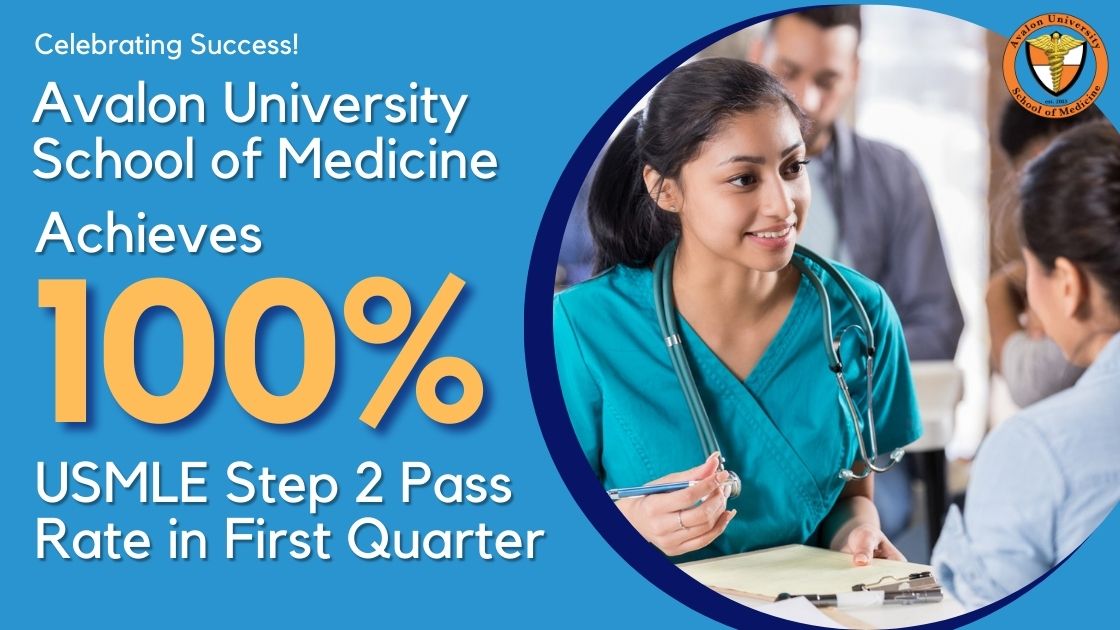Navigating Your Clinical Years: Tips for a Successful Transition and Thriving Clinical Rotations!
As a medical student, transitioning from the classroom to the clinical setting is a pivotal moment in your education at Avalon University School of Medicine. This shift marks the beginning of your clinical years, where you’ll have the opportunity to apply your theoretical knowledge to real patients and healthcare scenarios. While this transition can be exciting and daunting, having the necessary knowledge and skills can make all the difference. That is why at AUSOM, the students take a 6-week Intro to Clinical Medicine bridge between basic sciences and clinical rotations.
We want you to impress during clinical rotations by providing outstanding patient care and effectively working as a team, so here are some essential tips to help you successfully transition to clinicals and thrive during clinical rotations.
Making the Transition from Classroom Learning to Clinical Practice
Embrace Practical Skills: In the clinical setting, practical skills take center stage. Invest time in honing skills such as taking patient histories, performing physical examinations, and mastering common procedures. Seek guidance from Avalon’s experienced clinicians, and practice until you’re confident in your abilities.
Enhance Patient Interaction: Interacting with patients is a crucial aspect of clinical practice. Develop strong communication skills, including active listening and empathy. Make an effort to establish rapport with patients, as this can greatly impact their overall healthcare experience.
Impressing During Clinical Rotations
Prioritize Patient Care: Providing outstanding patient care should be your top priority. Be punctual for rounds, promptly attend to patients’ needs, and follow through on orders. Always advocate for patient safety and well-being.
Work Effectively in a Team: Medicine is a collaborative field. Learn to work seamlessly with nurses, residents, attending physicians, and other healthcare professionals. Effective teamwork not only improves patient outcomes but also makes your rotations more enjoyable and educational.
Managing Time and Tasks Effectively

Organize Your Day: Clinical rotations can be hectic, with multiple patients, tasks, and responsibilities. Start your day by organizing your tasks and setting priorities. Use tools like checklists or apps to help you stay on track.
Time Management: Learn to manage your time efficiently. Allocate sufficient time for each patient encounter, documentation, and rounds. Avoid procrastination and multitasking, as they can lead to errors and stress.
Seek Feedback: Don’t hesitate to seek feedback from your mentors and attending physicians. Constructive criticism is a valuable tool for growth. Use this feedback to improve your clinical skills and bedside manner continually.
Self-Care: Finally, don’t forget self-care. Clinical rotations can be physically and emotionally demanding. Maintain a healthy work-life balance, get adequate sleep, exercise regularly, drink lots of water, and seek support from friends and mentors when needed.
In conclusion, your clinical years are a pivotal stage in your medical education. By focusing on practical skills, effective communication, teamwork, and time management, you can make a successful transition from the classroom to clinical practice. Remember that every clinical rotation is an opportunity to learn and grow, and with dedication and the right mindset, you can thrive in this challenging yet rewarding phase of your medical journey.





